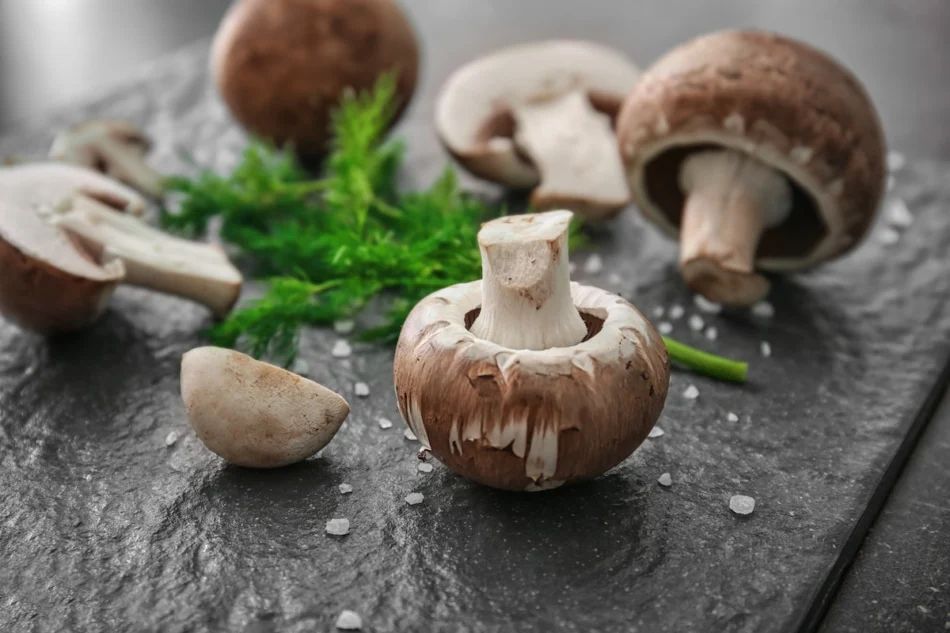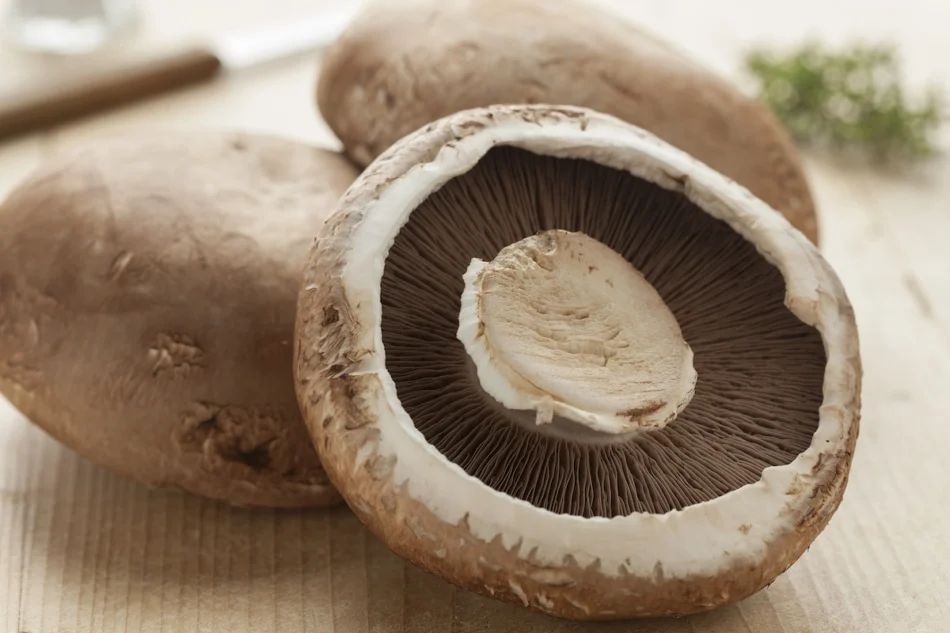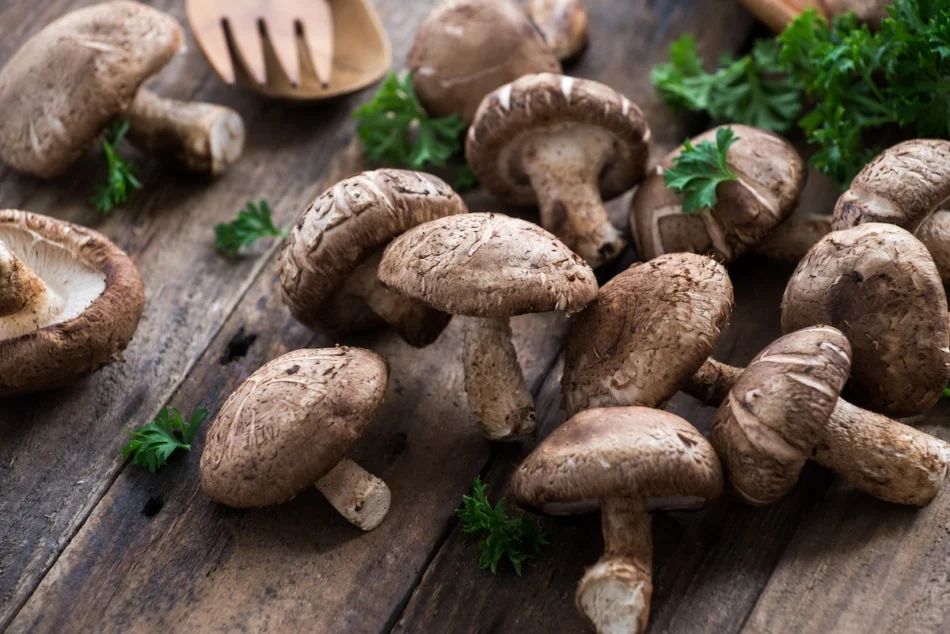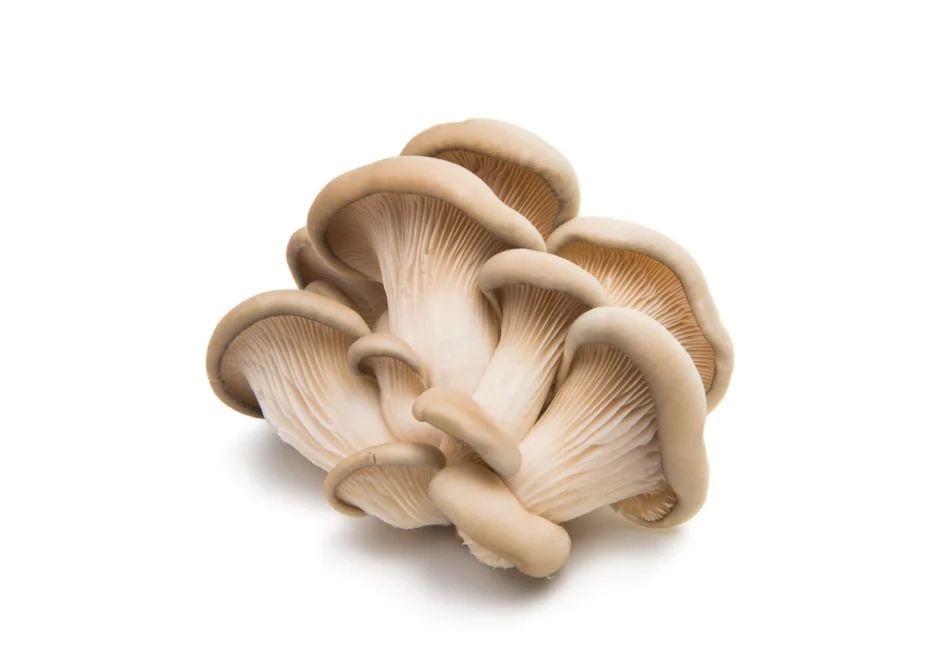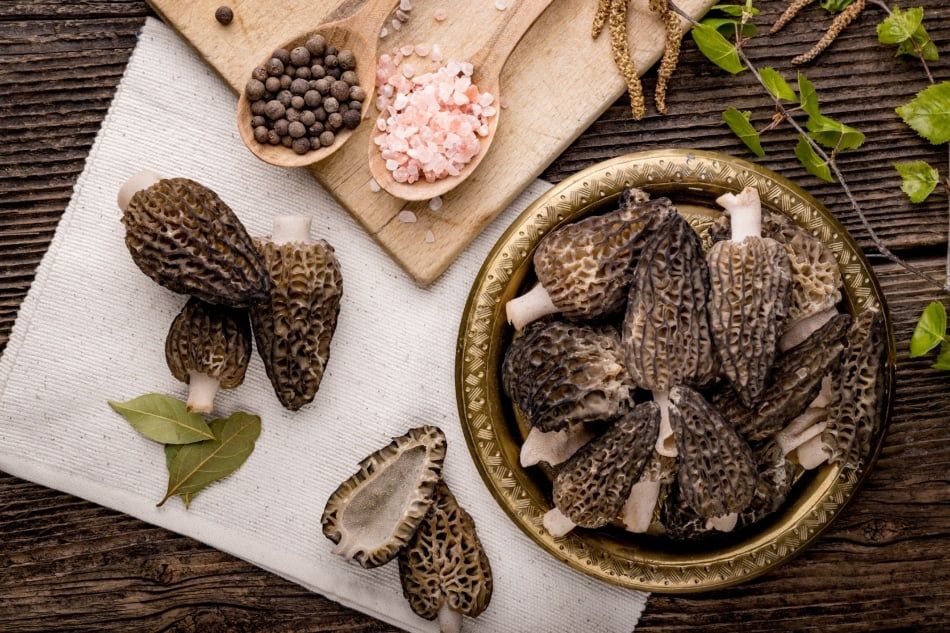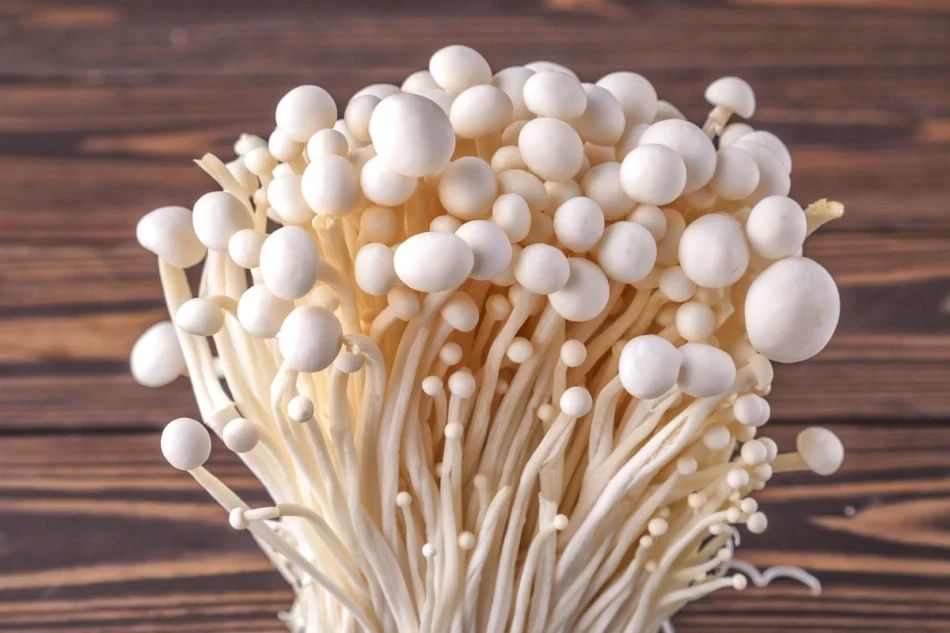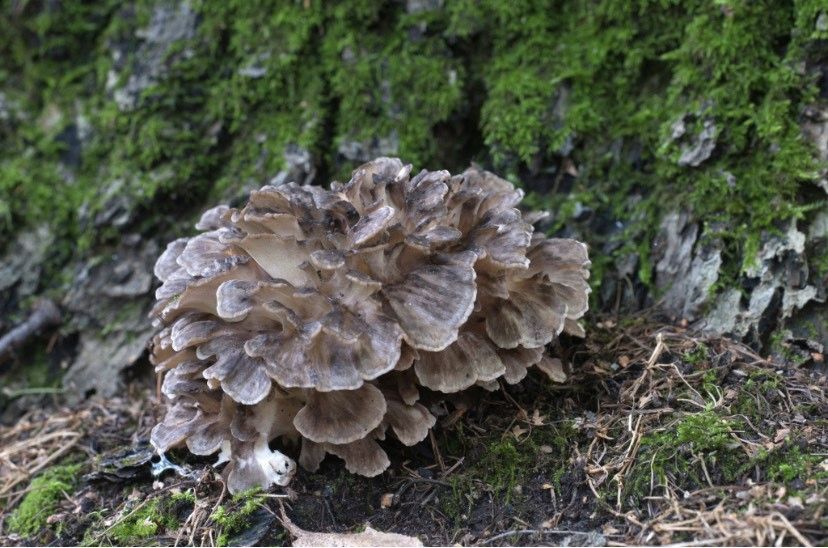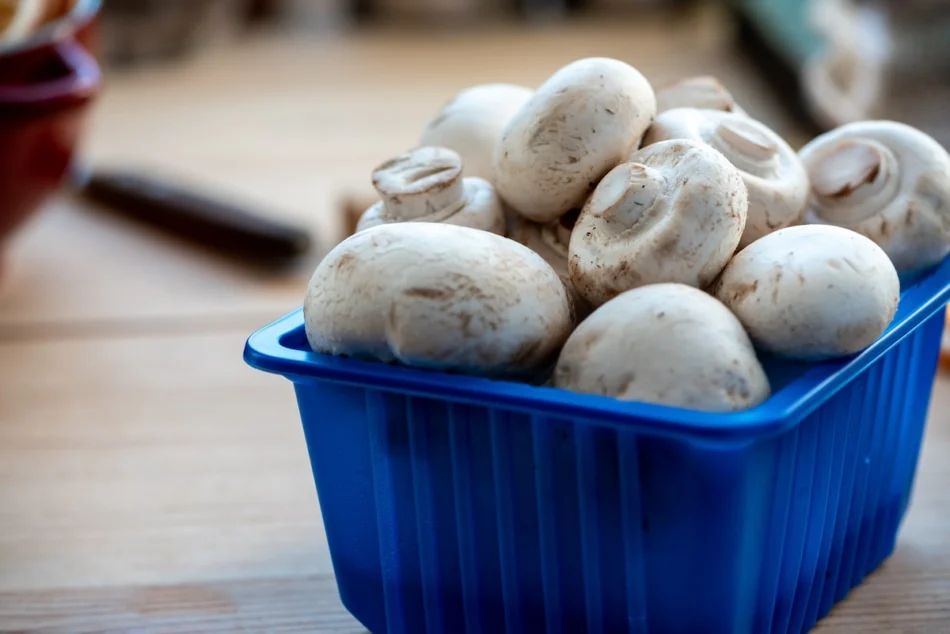Storing Mushrooms
Due to mushrooms’ high moisture content, they are very perishable. Store them in a container with good airflow to maximize air circulation without drying out the mushrooms. Wrap mushrooms in a paper towel and place them in an opened plastic or paper bag. Mushrooms should last in the fridge for a few days if properly stored. They can also be frozen or dried to increase shelf life.



